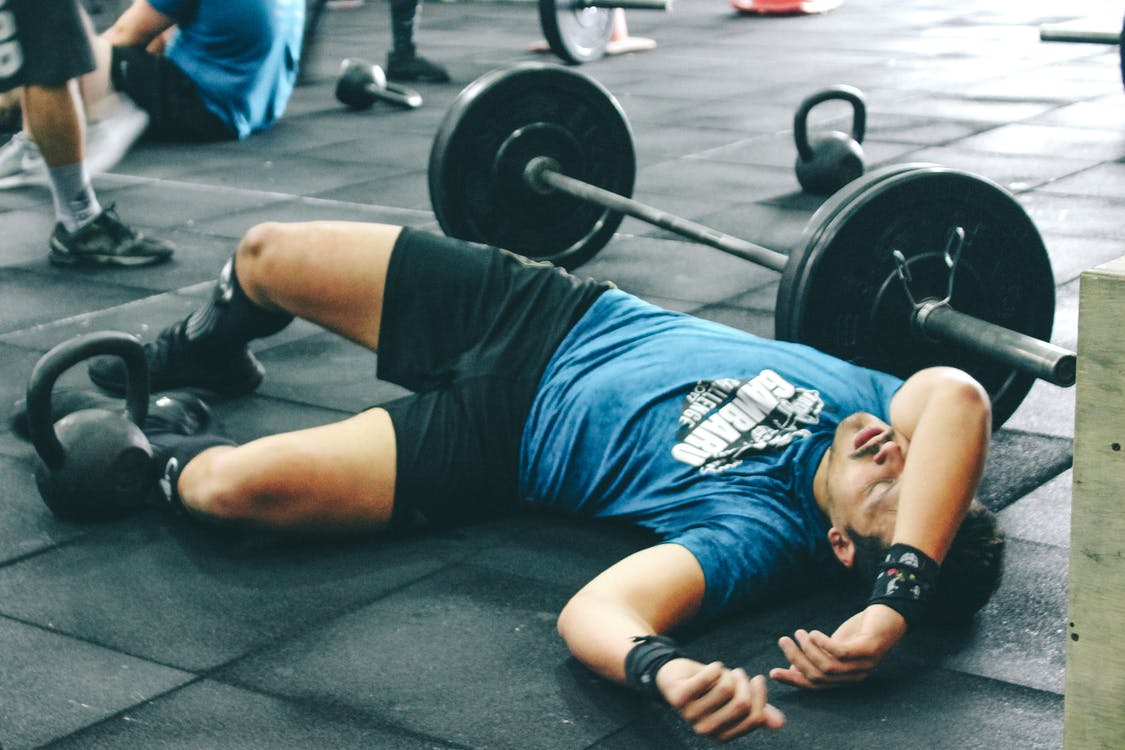Whether you are a first-time gym goer or a regular gym rat, you’ve probably experienced the deep ache in your muscles that follows a good workout. While a little soreness is to be expected and you will not ever completely eliminate pain, there are steps you can take to reduce it. If you find yourself hugely uncomfortable after exercise, you might consider using a few of the following tips.
Check Your Form
The first and most important aspect of keeping your pain levels to a minimum is to ensure that you are performing your exercises with proper form. If you usually stick to weight machines, you are probably good to go. All you need to do is make sure that you are utilizing the machine properly. If free weights are more your style, however, you are at a much greater risk of injuring yourself from improper form.
A common sentiment you will often hear from those who frequent the gym is thus: if your exercise hurts, lower the weight and do more repetitions. In reality, though, the pain is due to improper muscle movement. This can lead to weaker joints and greater risk of impingement. If you can, ask a gym employee or another member to check out your form, or take a video of you so that you can analyze your physical performance later on in order to detect any mistakes that you may be making.
If you find that you can’t maintain proper form with higher weights, keep the weight lower and do more repetitions. Form should be the most important thing on your mind while exercising.
Listen to Your Body
Your best alert system to a problem is your own body. Therefore, you should always make sure to pay heed to it. If you overwork muscle groups by not taking rest days, those muscles will let you know. Are you trying to lift too much weight or do too many repetitions? If so, your body will be the first to inform you.
Perhaps a certain exercise leaves you in more pain than you think it should. If that is the case, know that that’s your body’s way of telling you that it shouldn’t be moving in that way and you should re-evaluate your form or the exercise itself. Make sure you pay attention to these cues. By doing so, you will learn what is normal for your body and you will be better able to alter your routine or seek medical attention when necessary.
Practice Before and After Care
A common misconception among weightlifters is that you can jump right in on the weights, no warm-up required. In reality, this puts you at an increased risk for delayed-onset muscle soreness and injury. If you have a cardio portion to your workout, do that before lifting. Also, it would be best to make sure to stretch beforehand as well. If you prefer solely weightlifting, however, incorporate a pre-workout routine that involves dynamic and static stretches and something to get your heart pumping. For example, you could use a jump rope or do jumping jacks. After your workout session, you should hop into a cold bath. Although you may be more accustomed to taking warm or hot baths, cold water is a great way to relax your body. Compared to just resting, a cold bath is significantly more effective at reducing muscle soreness.
Visit a Chiropractor Regularly
Even if you do everything right, your body could still need some outside help. This is especially something to consider if the pain persists even after you take a break from your exercise routine in an attempt to gain relief. In this case, it’s best to seek a professional, and who better to help with muscle soreness than a chiropractor? Chiropractic care can help in a variety of ways, from improving your joints’ range of motion to relaxing your muscles.
If you plan on working out regularly, you might also consider planning on seeing a chiropractor regularly as well. The strain that you put on your body during a workout session could possibly alter the alignment of your body. This will lead to more pain and make exercising with perfect former a harder feat to achieve.
At the end of the day, a workout involves the tearing and repairing of your muscles. That’s going to come with some soreness. Yet, there are ways to lessen that soreness, keep your body moving, and get in more effective workouts. Try them next time you hit the gym!

